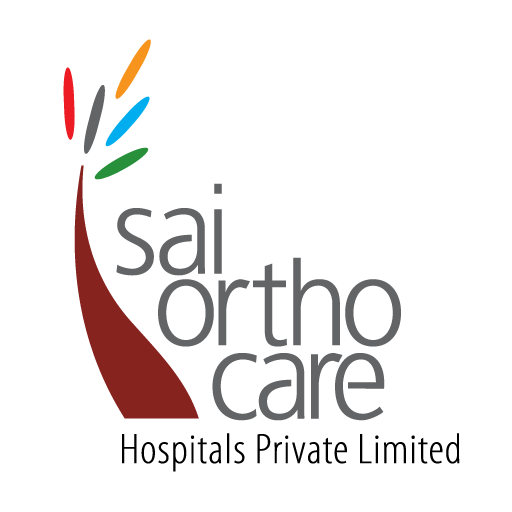DEFINITION
It’s a kind of work related musculoskeletal disorder, which may include.
(1) Muscles
(2) Tendons
(3) Nerves
(4) Carpel tunnel syndrome
(5) Thoracic outlet syndrome
(6) Tension neck syndrome
CAUSED BY
Often affected due to overstrain
(1) Repetitive strain
(2) Repetitive motion injuries
(3) Over use syndrome
(4) Soft tissue disorder
(5) musculoskeletal disorder
RISK FACTORS
1. General movements like
(i) Bending
(ii) Straightening
(iii) Gripping
(iv) Holding
(v) Twisting
(vi) clenching
(vii) Reaching
Movements are not harmful in the ordinary activities of daily living.\
BUT WHAT REALLY CAUSE OF THE INJURIES ARE
(A) Speed of movements.
(A) Fixed body positions.
(B) Some posture can cause discomfort.
(C) Unwanted posture maintained for prolonged period of time.
(D) Lack of time for recovery between them.
PREVENTION’S
(1) Proper ergonomic corrections.
(2) Often changing the body posture from one position to another.
(3) Free & strengthening exercise to maintain the muscle strength of the
body.
(3) Exercises help to prevent further injuries.
KEY POINTS
SITTING
Rest your back firmly against the back of the chair.
Put a pre made support, a small cushion, behind your lower back.
If your using computer:
(i) The keyboard should be right in front of you and the monitor should be
at eye level.
(ii) Try to keep your chin in tuck- in posture.
(iii) Mouse holding should be 90 degree angle at the elbow level.
STANDING:
(1) Change position often.
(2) Wear comfortable shoes with arch support.
(3) Avoid high heels.
LIFTING
(1) keep back straight, lift with your leg muscles not your back.
(2) Lift and carry things close to body.
(3) Be careful not to twist your spine.
DO THE EXERCISES REGULARLY AND KEEP OUR BODY FIT.
